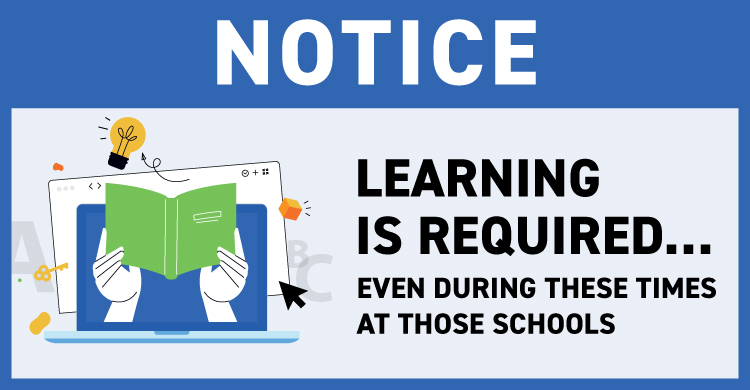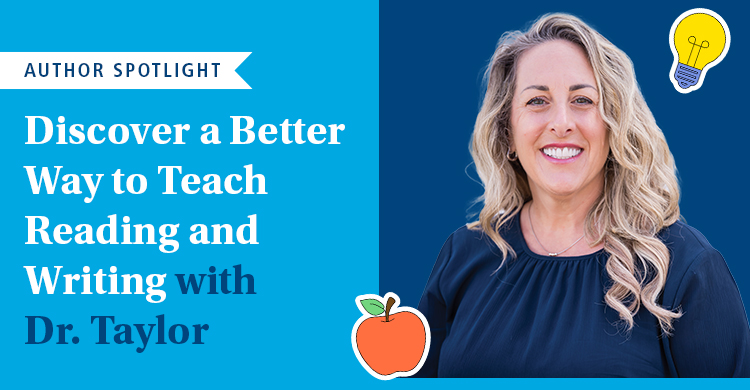“A combination of teacher resignations, lack of newly certified teachers entering the workforce, and uniformed public policies to staff America’s schools, which lower the requirement to enter the teacher profession, serve as big threats to the improvement and longevity of the public school system. The teacher shortage is real and serves as an immediate threat to school quality.”
—The Way Forward: PLC at Work® and the Bright Future of Education
Our school was faced with some real challenges in the spring of 2020 when Covid-19 hit the United States. In the subsequent 2021–2022 school year, we had half of our students in school and half of our students at home on their computers. The following year, 2022–2023, we could not find qualified staff to fill core teaching positions. We averaged 0–1 candidates for each open position that we had for our school.
The situation only got worse after we moved our school to a new building 20 miles from the previous location; a few staff members were not able to continue working at the new address. Meanwhile, we still needed to fill temporary positions whenever staff members were sick and unable to work, and even under these conditions, we needed to accelerate learning.
It was becoming increasingly difficult to support all our students with limited resources and staff shortages, so we turned to the Professional Learning Communities (PLC) at Work® process.
Using professional learning communities to accelerate learning for all
“The PLC at Work process is an ongoing process in which educators work collaboratively in recurring cycles of collective inquiry and action research to achieve better results for the students they serve. In addition “PLCs operate under the assumption that the key to improved learning for students is continuous, job-embedded learning for educators.”
—Learning by Doing: A Handbook for Professional Learning Communities at Work®
Our school focuses on student learning using the PLC at Work process, meaning our teachers collaborate in teams in order to focus on planning, assessing, performing data actions, and improving classroom instruction so that all students learn at high levels.
We also embrace acceleration in the classroom. In Acceleration for All: A How-To Guide for Overcoming Learning Gaps, Dr. Sharon V. Kramer and Sarah Schuhl define acceleration as a systematic process of bringing all student learning to grade-level or beyond.
In order to facilitate learning and acceleration for all our students despite the staff retention challenges and a greatly altered teaching and learning landscape, our school committed to three action steps that align with the three big ideas of a PLC: focusing on learning, collaboration, and results orientation.
3 areas of focus to help your school recover from Covid

In a truly equitable environment, all students must have access to high-quality instruction and support from educators. The following action items give our staff an opportunity to collaborate and understand the needs of their students so that they can determine where and how to most effectively establish, assist, and enhance their learning experiences.
Learning blocks
Learning blocks are cycles of planning, teaching, and assessing that allow our educators to analyze results and then use that data to take effective actions in the classroom. During learning blocks, our teachers collaborate on and discuss priority standards, unwrap those same priority standards into learning targets, and use those targets to create learning scales, success criteria, and common formative assessments.
During learning blocks, we are not sitting around waiting for evidence before we take action to support students; instead, we are continually taking actions and tweaking and revising our actions as needed. The steps in the learning block process ensure all students are learning at high levels and result in a guaranteed and viable curriculum that promotes an equitable environment by ensuring all students have access to the core curriculum. All staff in the building are well-versed in the process, and the focus on learning never stops.
Core classroom instruction
In order to ensure all students receive high-quality instruction, schools and teachers must relentlessly focus on learning. Teachers at our school have “Team 30” sessions, which are daily allotments of 30 minutes beyond normal prep time to devote to teacher collaboration that focuses on the right work and aligns with that day’s classroom instruction. Staff uses this time to plan learning blocks and create learning targets from priority standards and learning scales (which are our version of proficiency scales). Staff then post the learning scales in classroom “standards walls.”
All staff at our school are trained in the New Art and Science of Teaching and given Avanti as a professional resource as well as set instructional goals focused on the elements and other supports to help them deliver high-quality teaching and learning every day.
College preparation
We can guarantee that every child who attends our school will receive more time and support for learning because we’ve taken actions and carved out time to ensure that promise is honored. “College prep” is a 45-minute time block during the day that we’ve created to give students foundational support, enrichment, extension, behavioral support, and time for special needs and other services.
Students who need special education support should not be pulled from core instruction. Students who do not have access to core, grade-level instruction will never reach grade-level standards. Therefore, college prep is dedicated to any extra support that helps students master grade-level priority standards and/or enriches and extends learning for students who have already mastered grade-level priority standards.
Bo Ryan is the principal of the Ana Grace Academy of the Arts Elementary Magnet School in Bloomfield, Connecticut. He is passionate about building and sustaining professional learning communities and has led two different schools to Model PLC at Work certification. He is the author of The Brilliance in the Building: Effecting Change in Urban Schools With the PLC at Work® Process.






